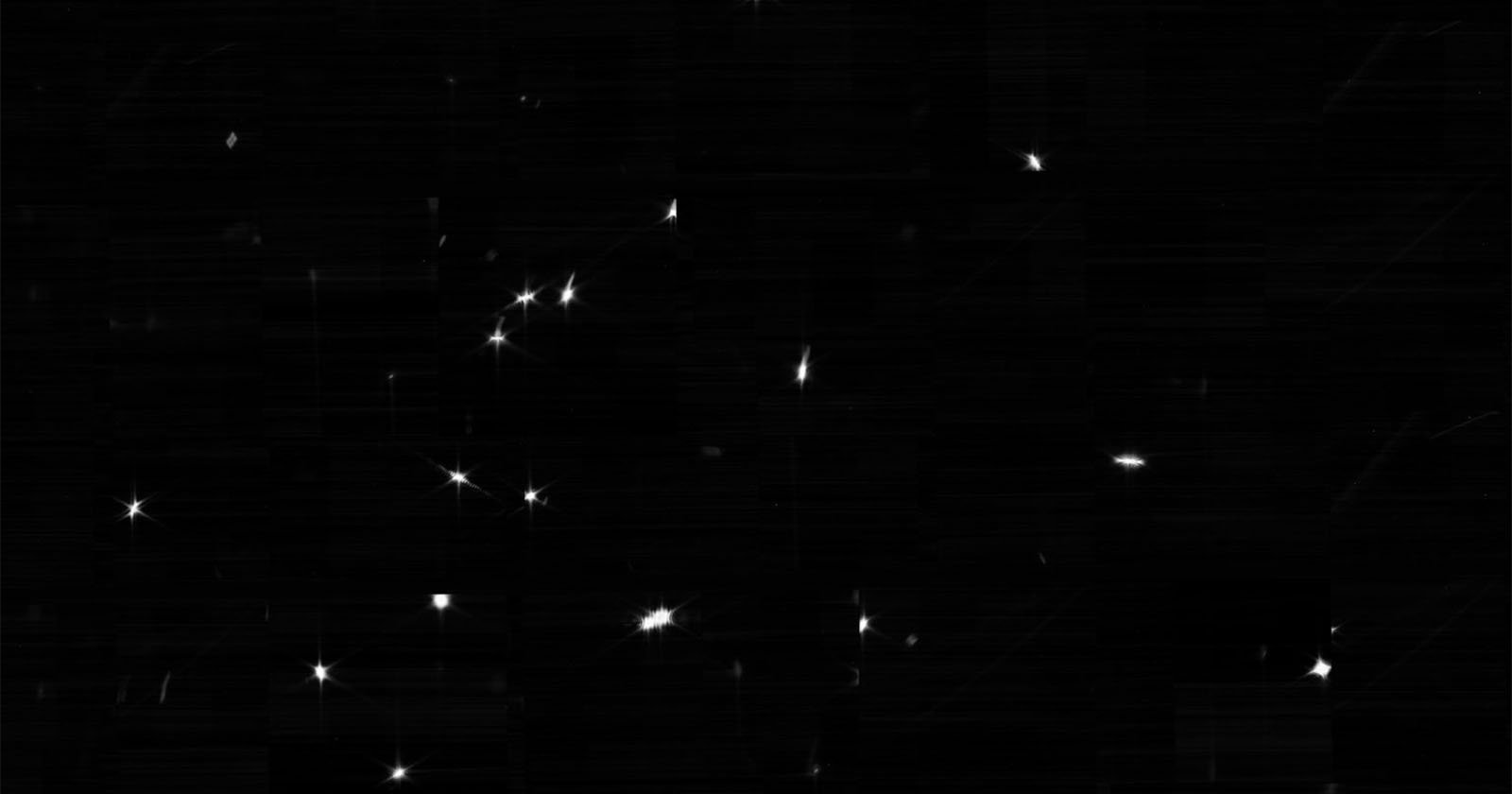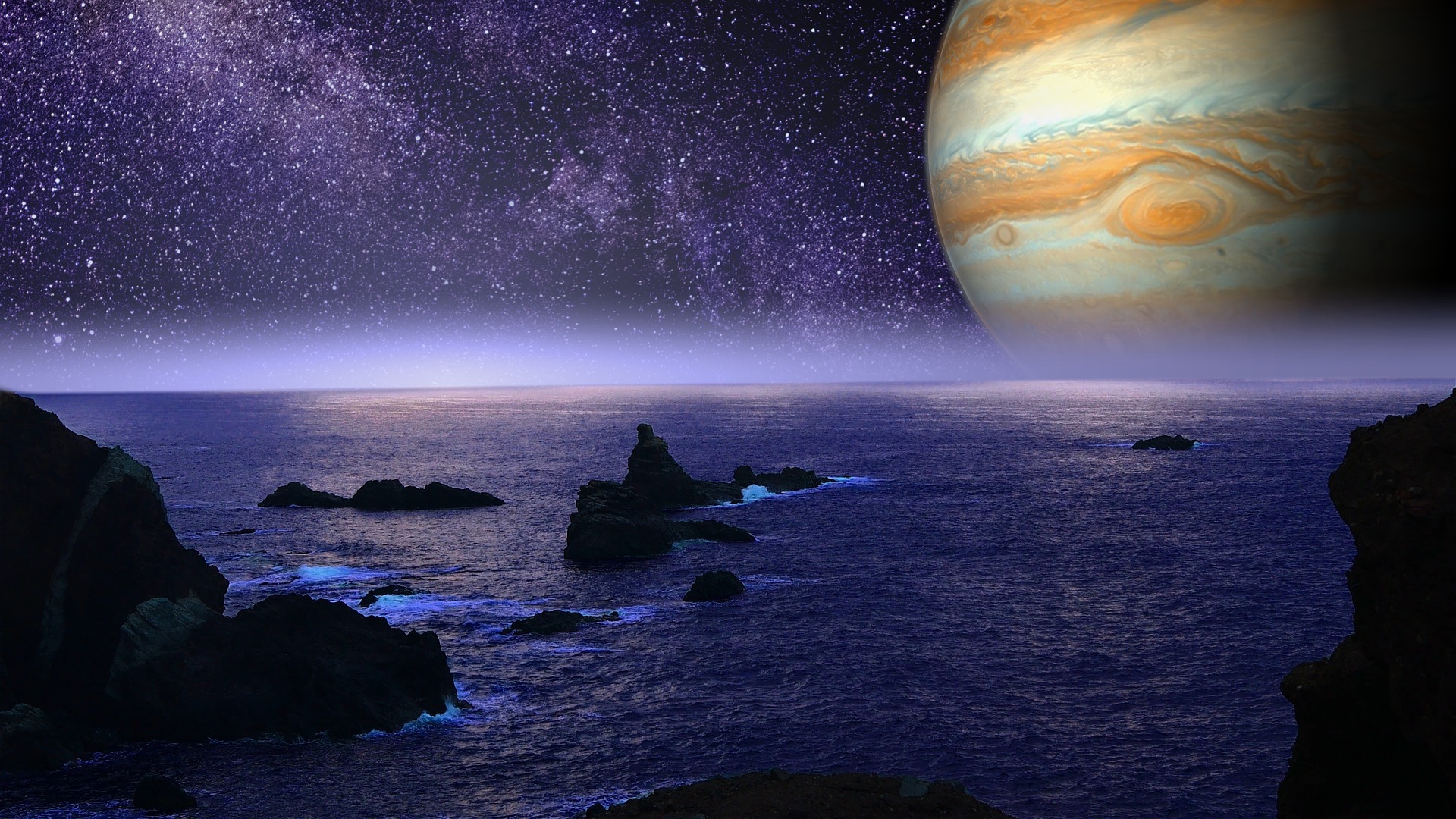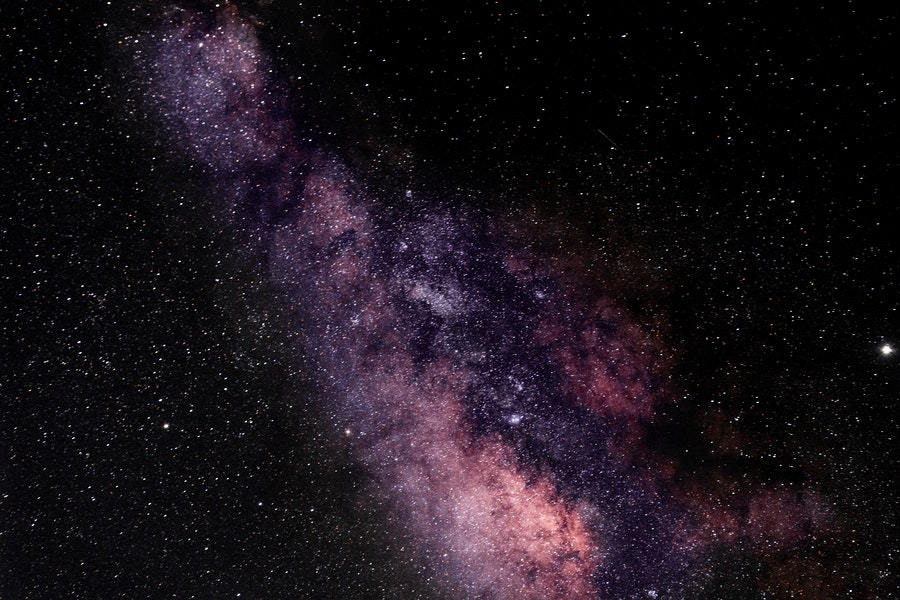Written by: Bobby Brown
The James Webb Space Telescope has sent it’s first images back to earth, and it is nothing short of extraordinary, marking a turning point in human history.
The telescope is a collaboration between the American, European and Canadian space agencies.
It is the successor to the aging Hubble Space Telescope that remains in lower earth orbit, and which has provided us with awesome pictures of the universe over the past 30 years or so.

But besides the images soon becoming a whole lot clearer, it will also have unprecedented zoom-in capabilities, allowing us to see deeper into space and further back in time, than ever before.
Why the James Webb Space Telescope matters

The picture above is nowhere close to what the James Webb Space Telescope will be capable of once it’s array of mirrors have been fully aligned and all the tweaks have been completed.
It will be the equivalent of having humanity’s cataracts removed and bringing the final frontier into sharp focus – the difference between an old analogue camera and a modern digital one.
Webb – the largest space telescope ever built – is a significant upgrade on Hubble in a number of ways, which collectively makes it 100 times more powerful. Firstly, it is four times bigger in an orbit that keeps it cool in earth’s shadow, from where it peers deeper into space than we have ever been able to see before.
The most crucial difference is that Webb will be able to see the invisible infrared spectrum, which Hubble is unable to do. It’s position (more than a million miles away) and its size will allow it to collect more light, while it’s spectrum-technology means it will in all likelihood discover dozens of unknown galaxies and stars from the get-go, and with a lot more clarity.
By comparison, in just one unplanned photograph of an unexplored part of the cosmos, Hubble was able to see thousands of galaxies that we didn’t even know existed up until that point in time.
So, besides being 12 years overdue and $9-billion over budget, once the new pictures start rolling in by the thousands, it is expected to be worth every penny.
Could the James Webb Space Telescope end up finding alien worlds?

The James Webb Space Telescope is jam packed with advance technology that will allow it to see light that has left it’s origins billions of years ago.
In other words, it will be able to look far into the past, possible right to the beginning of time itself, when our universe came into existence and created the first galaxies and stars.
Even more exciting is the fact that infrared vision means that Webb will be able to detect exoplanets orbiting very distant stars.
Exoplanets orbit stars, like the earth orbits the sun, which holds promise of some form of life possibly existing, depending on a number of other factors, like gravity and atmosphere.
If the distance between the two bodies are similar to the earth and the sun, it is known as the “Goldilocks Zone” and it makes life more likely, something which Webb will actively be looking for.



